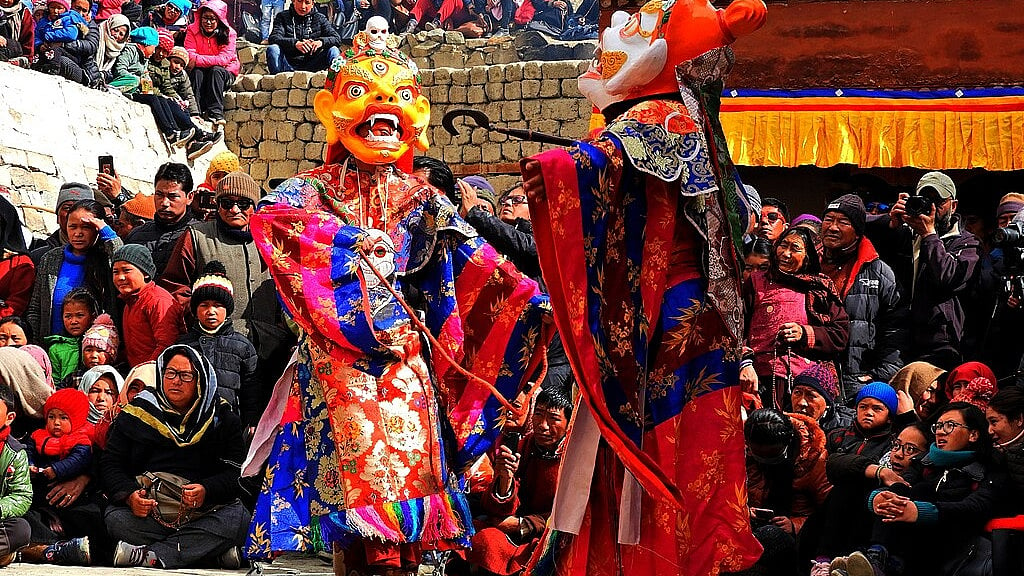The ongoing protests in the Leh-Ladakh area have become the apple of discord for the past two days. On February 3, a horde of local citizens participated in massive protests with bold placards and slogans.
According to the report of The Hindu, these protests are organised under the banner of the Kargil Democratic Alliance and Leh Apex Body. After the rageful shutdown on February 2, the protests have inflamed local concerns on a wide scale around the abrogation of Article 370. The condition and and development ratio of the region has not shown any considerable growth since then, but what are the key four reasons behind the protests? Let's understand the seeds of the blistering issue!
1. Demand for 'Statehood'
On January 23, a proposal for the official status of 'statehood' was submitted to the Union Home Ministry, which emphasised the idea of a separate state and constituency for Ladakh to sort out the scorching socio-political and financial issues. The parties also presented a roadmap for amendment in the Jammu and Kashmir Reorganisation Act, 2019. After the abrogation of 370, there have been some administrative changes in the state of Jammu and Kashmir but the Ladakh area has been somehow far from such changes.
2. Blistering Unemployment
According to the Ladakh Hill Development Council Leh, the literacy rate in the district of Leh is 63.56 among females and 86.31 in the male- population, but the recruitment opportunities are quite less as per the population density. However, The Leh Autonomous Hill Development Subordinate Services Recruitment Board (LAHD-SSRB) has a mission to 'provide employment services and assistance', but due to blistering situations around the border, the unemployment rate has escalated! That's one of the key reasons behind the demands for a separate public service commission.
3. Need To Safeguard The Tribal Identity Under The Sixth Schedule
The sixth schedule of the Constitution provides special status to states like Assam, Meghalaya, Tripura and Mizoram to safeguard the ethnic tribal culture and protect indigenous values by special provisions under the article 244(2) and 275(1) of the Indian constitution.

Cham Dance | Wikipedia
According to the travel based website 'Tribal tours in India', Ladakh is majorly populated by the Balti, Beda, Bot, Boto, Brokpa, Drokpa, Dard, Shin, Changpa, Garra and Mon tribes, but they do not have access to these constitutional safeguards to protect their vibrant authenticity and the lifestyle from the gush of global markets and capitalist trends.
4. Peace and growth
Ladakh is one of the most delicate parts of the nation, with a huge devoted Indian army deployed around LOC and LAC. The people of Ladakh also need safety and peace to ensure dynamic growth. Their protest symbolises the urge for stability and democratic rights.

These protests are captivating the torrid nerves of national politics around the key issues and grabbing severe responses from the government and opposition.







